The housing crisis is not just about how few homes we build but how little ambition we have for those we do build. Ben Flatman argues it is time to put quality at the centre of the housing debate and for architects to reframe their role within it
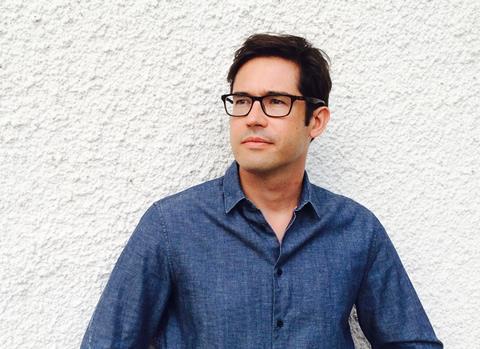
The UK is facing a rolling housing crisis. Over the past decade, our population has grown by around 3.7 million people, a 5.9% increase, and now stands at more than 68 million.
We are living longer, more people are living alone, and yet the homes we need have not been built.
The gap between housing demand and supply is a structural deficit that represents a huge national failing over decades. Most estimates suggest that we need to be building 300,000 homes a year.
There is now a genuine opportunity to do things differently. The government’s new 10-year plan for affordable housing signals a long overdue shift. For the first time in decades, we have the beginnings of a proper national programme to build at scale and for need rather than purely for market demand.
This represents a huge opportunity for the country and for architects. Many in the profession are asking how they can play their part in helping shape the future of UK housing.
And if we are serious as a profession about helping to address the housing crisis, we need to make a powerful case for why quality must move to the centre of the conversation. That means not just delivering good design, but understanding the constraints, forging new partnerships, and proving that quality and quantity are not mutually exclusive.
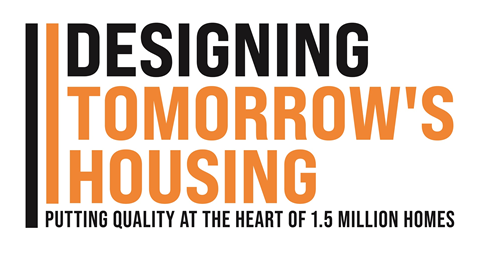
It also means engaging more seriously with the wider industry, including volume housebuilders. Architects have often found it difficult to gain a foothold in this part of the market. But if design is to play a greater role in the homes we build, then new relationships will need to be forged.
That may require pragmatism, but also the confidence to show how architectural thinking can add real value, even within tight commercial frameworks.
Because while the limitations of much of the current housing model are widely recognised, from repetitive layouts to car dependent sprawl, this should be less about rehearsing old criticisms and more about asking how it can be improved. That is why the focus of BD’s Designing Tomorrow’s Housing campaign won’t be pointing fingers, but instead trying to find practical ways forward towards better homes and places.
Much of the housing built in recent decades has been shaped by a delivery model that prioritises speed and standardisation. Housebuilders call it “housebashing”. That model is not going away. But if architects can show they understand it and can work within it to raise standards, then there is a chance to influence what comes next and win vital new business.
That will not happen by standing on the sidelines. It will require engaging with the realities of delivery, listening to what people actually want, and finding shared ground with clients, communities and developers alike.
The opportunity is real. The question now is whether the profession is ready to take it.
The campaign will also explore some of the structural challenges that stand in the way of delivering high quality housing and places. These include viability issues and a lack of capacity in the construction industry, especially in terms of SME builders, that is hampering delivery of smaller, bespoke housing developments.
We need to ask whether we truly listen to what people want
If the government’s 1.5 million homes are to do more than repeat past mistakes, we need to move quality to the centre of the housing debate. What kinds of places are we building? Who are they for? Because we already know that, for most people, homes for private sale and rent are increasingly out of reach.
We need a step change in public sector and housing association delivery. The government’s recent commitment to more affordable housing is welcome, but it must be matched by a coherent plan to build at the right scale and in the right locations.
Much of this new housing could be delivered within existing built-up areas. That would mean densifying established communities and delivering desirable family-sized homes (including apartments) close to jobs, schools and cultural infrastructure.
Investing in the places we already have should be an equal – if not greater – priority than building entirely new towns. Our towns, villages and cities are visibly struggling. Buildings that could be converted into homes are being left to decay, or worse, deliberately neglected and destroyed.
If we want design and quality to shape the next era of housebuilding, we need a more open conversation. That must include architects.
The profession cannot stand apart from the public or the wider construction sector. This campaign will seek to help open up a new dialogue across the housing sector so that architects can better understand the opportunities, and how they could add value and play a bigger role in delivering housing in the future.
We need to ask whether we truly listen to what people want and, if not, is there a conversation within the profession to be had about how we are trained and educated and the value assumptions we are taught to make about aesthetics and housing typologies.
BD’s Designing Tomorrow’s Housing campaign sets out to explore these questions. It will highlight the projects that are working, speak to the architects pushing for better outcomes, and examine how we can deliver homes that do more than just stack up; homes that lift lives, strengthen communities, support local economies and help to restore public confidence in the future.
Postscript
Ben Flatman is Building Design’s architectural editor.


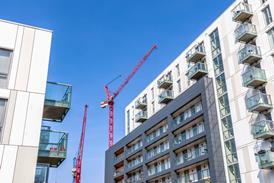


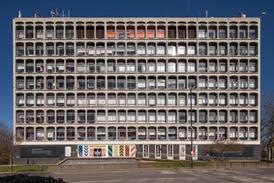


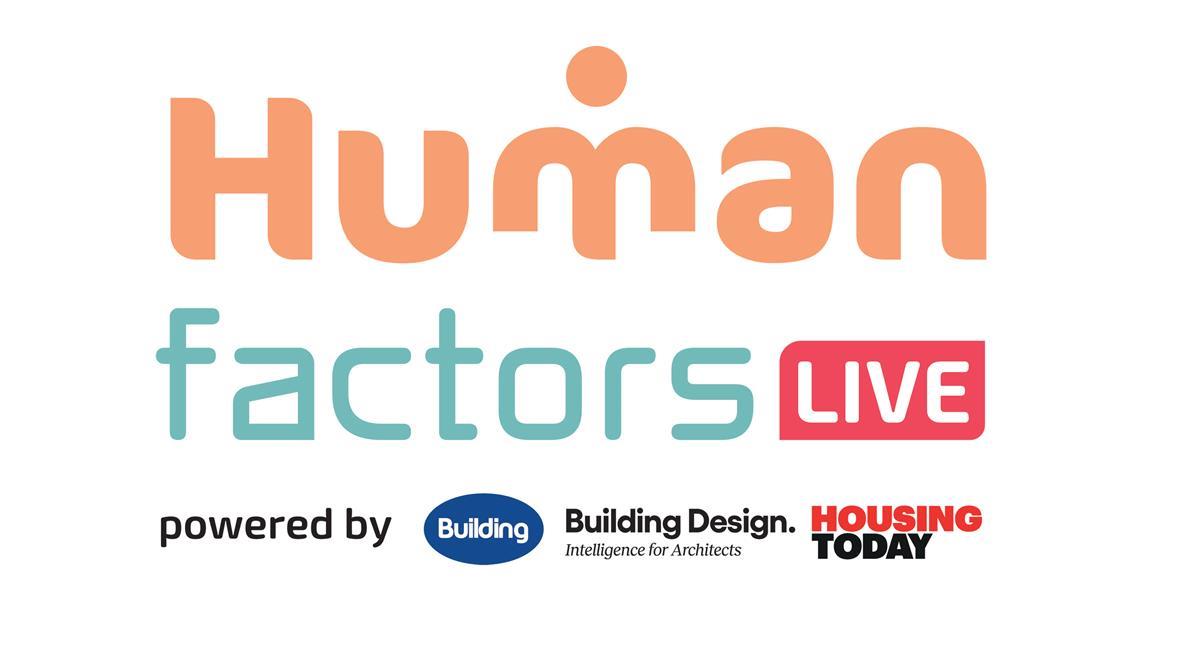







1 Readers' comment